Tired of Sad Hydrangeas? Here’s How to Get Those Big, Dreamy Blooms
Over the years, I must have planted hundreds of hydrangeas in just about every setting you can imagine. I’ve seen them flourish in breezy coastal gardens and, let’s be honest, I’ve seen them sulk in spots where they just weren’t happy. It’s the number one thing people ask me: “How do I get those huge, magazine-worthy flowers?”
In this article
The truth? There’s no single secret. It’s more about learning the plant’s language. Hydrangeas are not complicated, but they are particular. They tell you exactly what they need through their leaves and blooms. Once you learn to read those signals, taking care of them becomes second nature, I promise.
My goal here is to get past the generic advice and dig into the ‘why’ behind what we do. This will help you make smart choices for your own garden, whether you’ve got one plant in a pot or a whole row of them.
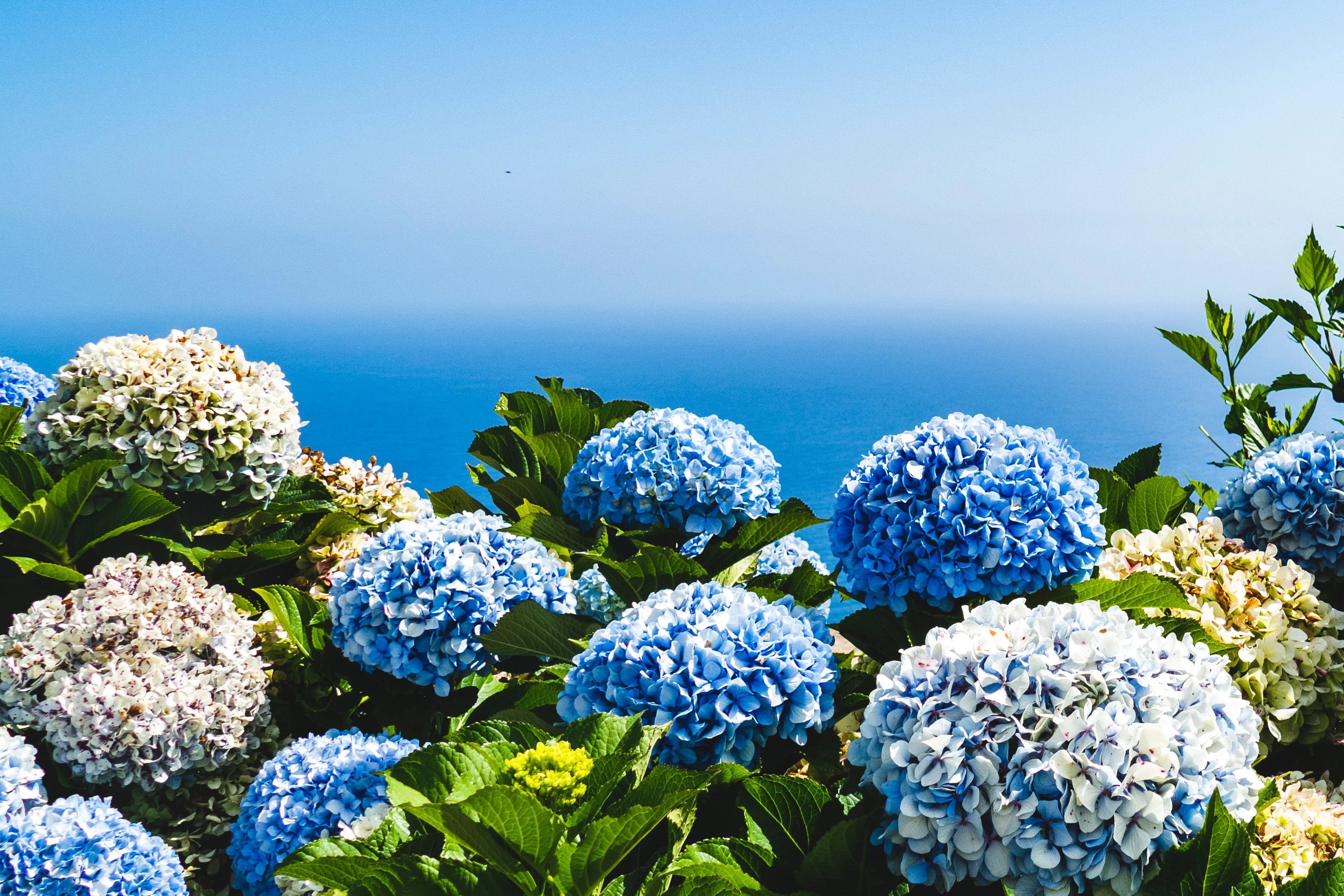
First, Let’s Talk Types: A Quick Hydrangea 101
Before we even think about pruning or planting, you have to know what kind of hydrangea you’re working with. Getting this wrong is the root of most problems, especially when it comes to flowering. Think of them in three main groups:
Bigleaf Hydrangeas (the classic pink or blue ones): These are the most common type. They have big, broad leaves and produce those classic ‘mophead’ or ‘lacecap’ flowers. Here’s the critical part: they bloom on old wood. That means the flower buds for next year form on the stems this summer and fall. If you prune them at the wrong time, you’re literally cutting off next year’s show.
Panicle Hydrangeas (the cone-shaped ones): These are becoming super popular because they’re so easygoing. They typically have cone-shaped flowers that start white or lime green and often fade to a beautiful pink or red in the fall. The best part? They bloom on new wood, meaning the flower buds form on the growth that happens in the current spring. This makes them way more forgiving when it comes to pruning.
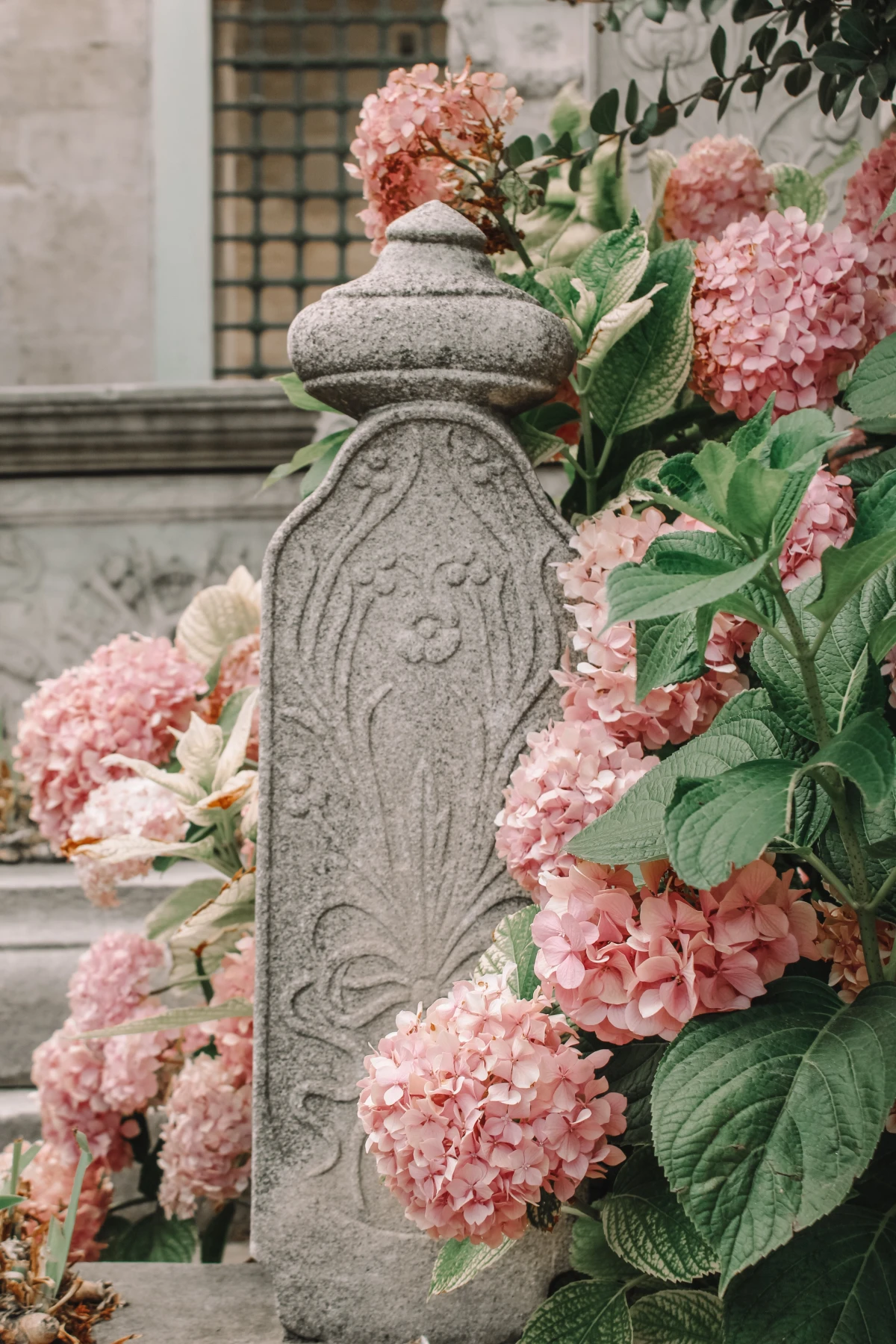
Smooth Hydrangeas (the big white puffballs): Think of the classic ‘Annabelle’ with its giant, round, white flower heads. These are workhorses in the garden and, like the panicle types, they also bloom on new wood. This makes them simple to care for and very reliable bloomers.
The Science Behind a Happy Hydrangea
Okay, now that you have an idea of your plant’s team, let’s get into what makes them tick. A little bit of ‘why’ makes the ‘how’ so much easier.
Why Do My Hydrangeas Wilt So Dramatically?
Ever come home on a hot afternoon to find your hydrangea looking like a sad, deflated balloon? It’s alarming, but it’s usually not a big deal. Hydrangeas have massive leaves, which lose a ton of water through a process called transpiration (basically, plant sweat). On a hot day, they can lose water faster than their roots can drink it up, so they wilt as a defense mechanism to reduce sun exposure.
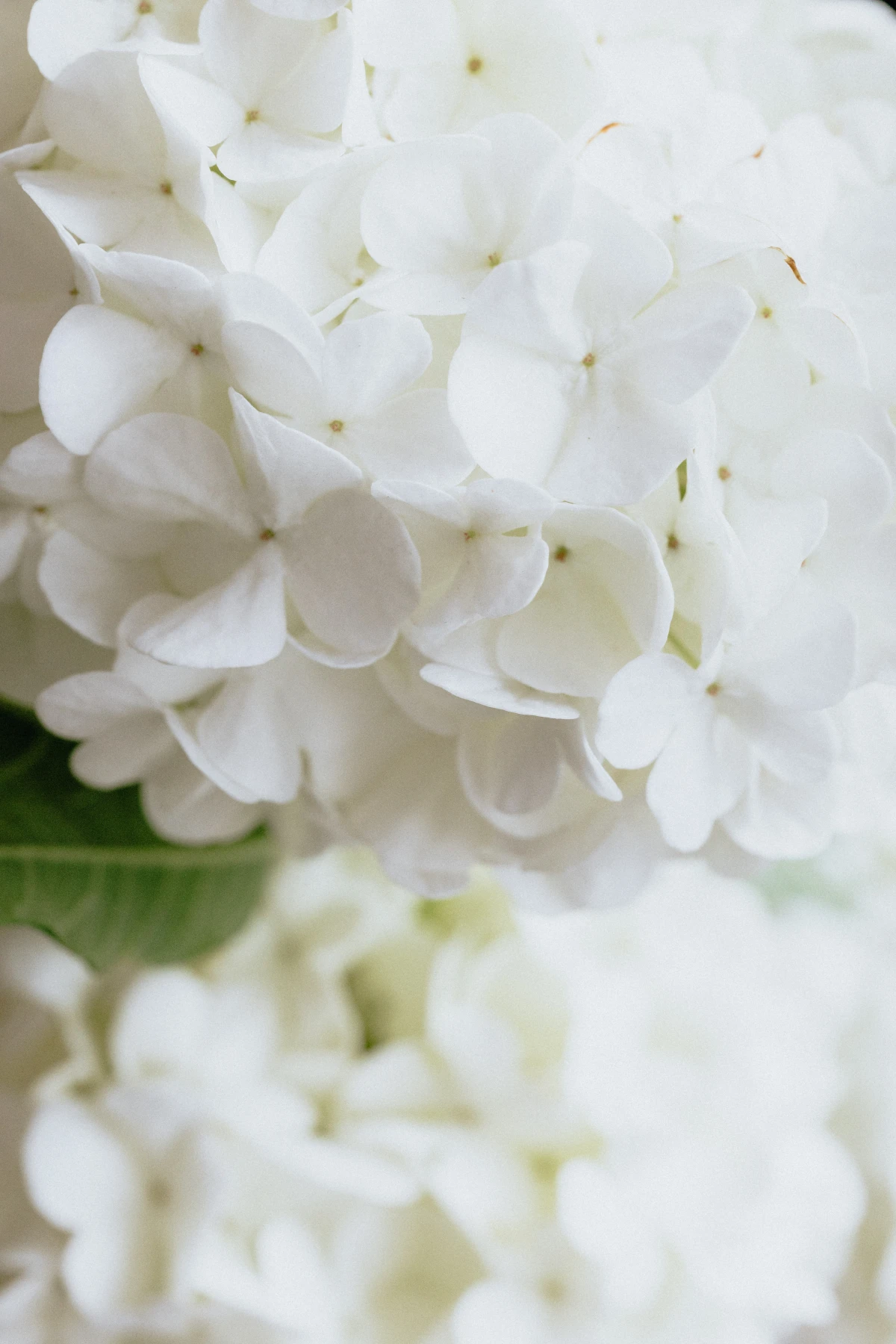
Here’s the key: before you panic and drown it, check the soil. Stick your finger about two inches down. Is it dry? Then yes, it needs a good, deep soak at the base of the plant. If the soil is still moist, just leave it alone. It will almost certainly perk back up on its own as the day cools down. Overwatering a heat-stressed plant is a classic mistake that can lead to root rot.
The Chemistry of Flower Color
This is one of the coolest things about Bigleaf hydrangeas—their ability to change color. It’s not magic, it’s just soil chemistry. The color depends on whether the plant can absorb aluminum from the soil.
- For dreamy blue flowers, you need two things: aluminum in the soil and acidic soil (pH below 6.0) to make that aluminum available. You can encourage this by adding a soil acidifier. I’ve had good luck with products like Espoma’s Soil Acidifier. A quick tip: just a quarter cup scattered around the base of the plant in the spring is a great place to start.
- For vibrant pink or red flowers, you need to do the opposite and block the plant from taking up aluminum. This happens in more alkaline soil (pH above 6.5). You can add garden lime to raise the pH.
Oh, and a heads-up! White hydrangeas, like the Smooth and most Panicle types, are white because of their genetics. You can add stuff to the soil all day long, but they will stay white. I once had a client who was so frustrated that her ‘Annabelle’ wouldn’t turn blue… it’s a common mix-up!
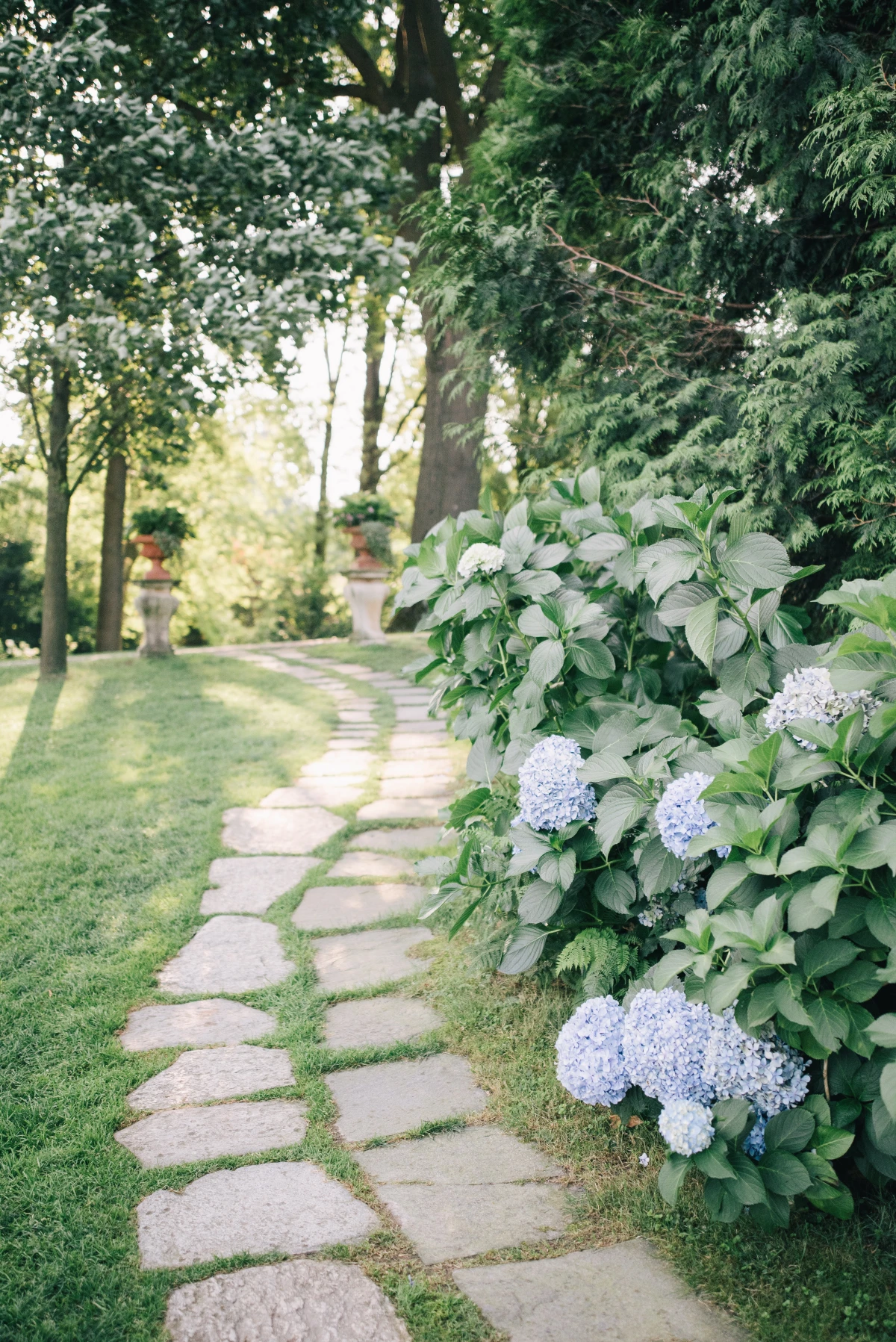
Planting: Your 30-Minute Investment for Years of Blooms
Getting the planting right from the start saves you so much trouble later. A healthy 3-gallon hydrangea from a nursery will probably run you between $25 and $50, so let’s make sure it thrives.
Plan for about 30-45 minutes to do it right. The old advice was to plant in full sun, but honestly, for most Bigleaf types, that’s a recipe for constant wilting. Morning sun with afternoon shade is the absolute sweet spot. Panicle types can handle more sun, but even they appreciate a little break from the most intense afternoon heat.
Here’s your recipe for success:
- Dig a hole that’s twice as wide as the pot the plant came in, but only just as deep. You want the top of the root ball to be level with or even slightly above the surrounding soil.
- Mix the soil you dug out with some good quality compost. This adds nutrients and helps with drainage. I usually do about a 50/50 mix.
- Gently place the plant in the hole, backfill with your soil-compost mix, and press down firmly.
- Water it deeply. And I mean deeply. Let the hose trickle at the base for a good 10-15 minutes to make sure the entire root zone is saturated.

The Big Question: How and When to Prune
Okay, this is where people get scared. But since you now know what type of hydrangea you have, it’s actually really simple.
For Bigleaf types (the old wood bloomers): The rule is simple—only prune them right after they finish flowering in the summer. This gives them plenty of time to set their buds for next year. If you prune them in the fall or spring, you’re cutting off all your flowers. From my own painful experience, I can tell you there’s nothing sadder than realizing you’ve done this. All you should do in the spring is remove any obviously dead sticks.
For Panicle and Smooth types (the new wood bloomers): These guys are easy! You can prune them back in late winter or early spring, just before they start growing. You can take them back by about a third to encourage strong new stems, which will produce tons of flowers. They are super forgiving.
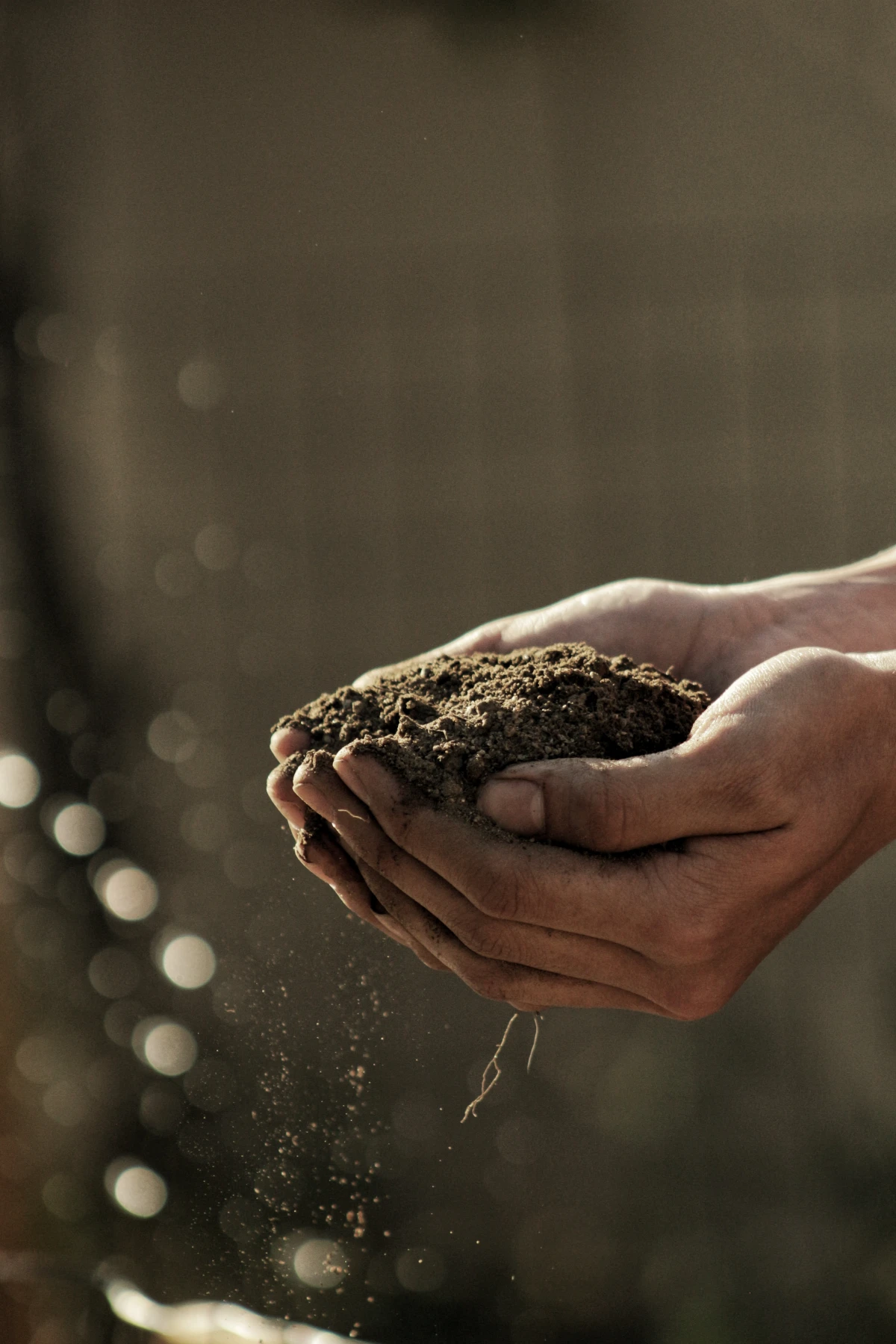
Troubleshooting Common Problems
Even with the best care, things can go sideways. Here are a few common issues and what they might mean:
- Problem: My hydrangea isn’t blooming! For Bigleaf types, the most likely cause is that you (or a late frost) zapped the buds by pruning at the wrong time. It might also not be getting enough sun—it needs at least 4 hours of morning light to set buds properly. For any type, a lack of flowers can sometimes point to too much nitrogen fertilizer, which gives you lots of green leaves but no blooms.
- Problem: The leaves are turning yellow. If it’s the whole plant, you might be overwatering it (remember the finger test!). If it’s yellow leaves with green veins, that often signals a nutrient deficiency, and a dose of all-purpose plant food can help.
- Problem: The leaves have brown, crispy edges. This is almost always sun scorch. The plant is getting too much direct, intense sun and the leaves are paying the price. If you can’t move it, try to give it more consistent water to help it cope.
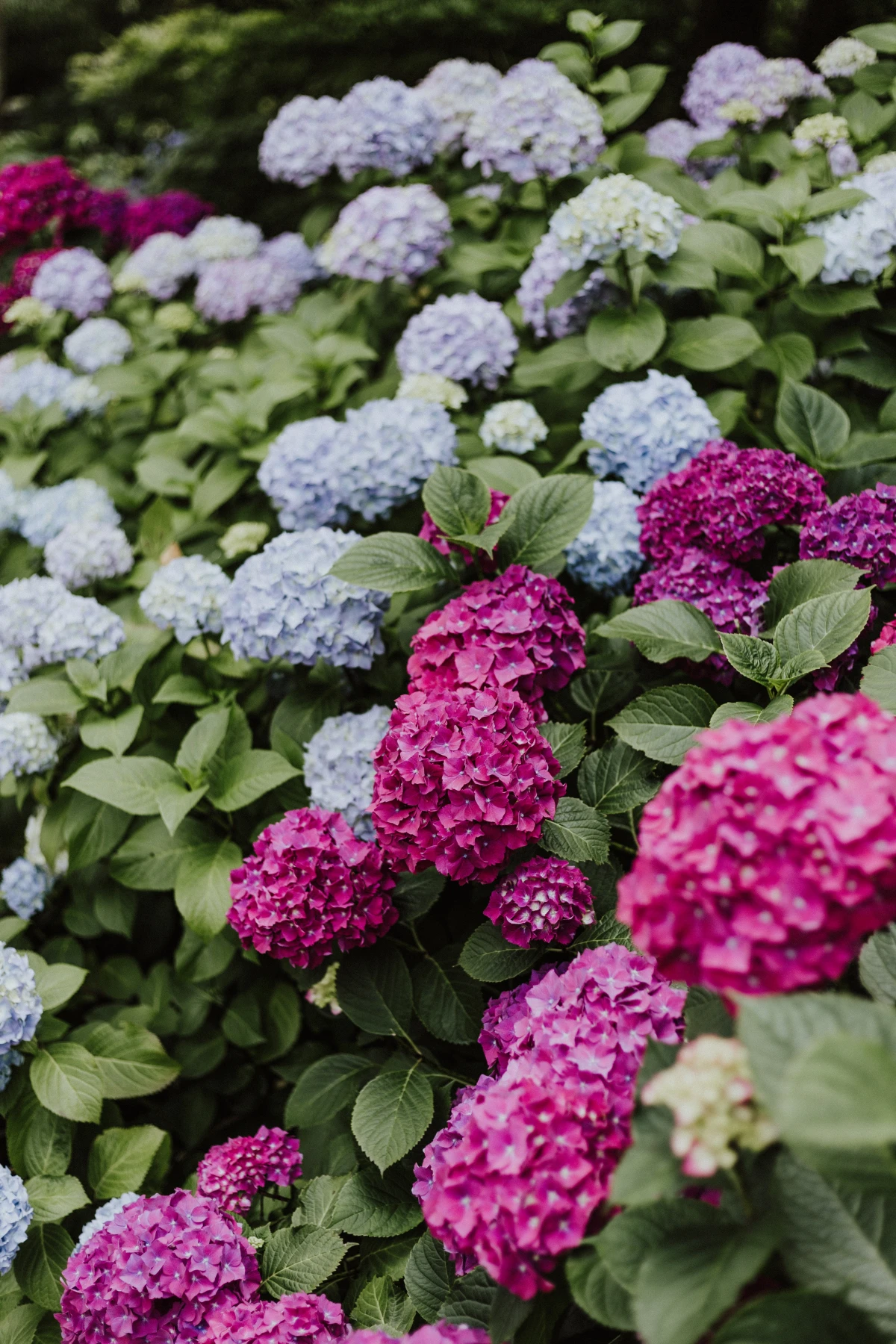
My Favorite Quick Win for Happier Hydrangeas
If you do only one thing for your hydrangeas today, do this: add a 2-inch layer of shredded bark mulch around the base. Don’t pile it up against the stems, but create a nice, wide circle. A bag costs about $5 at any garden center like Home Depot or Lowe’s, and it’s worth its weight in gold. It keeps the soil cool, holds in moisture, and saves you from having to water constantly. It’s the easiest win there is.
Galerie d’inspiration
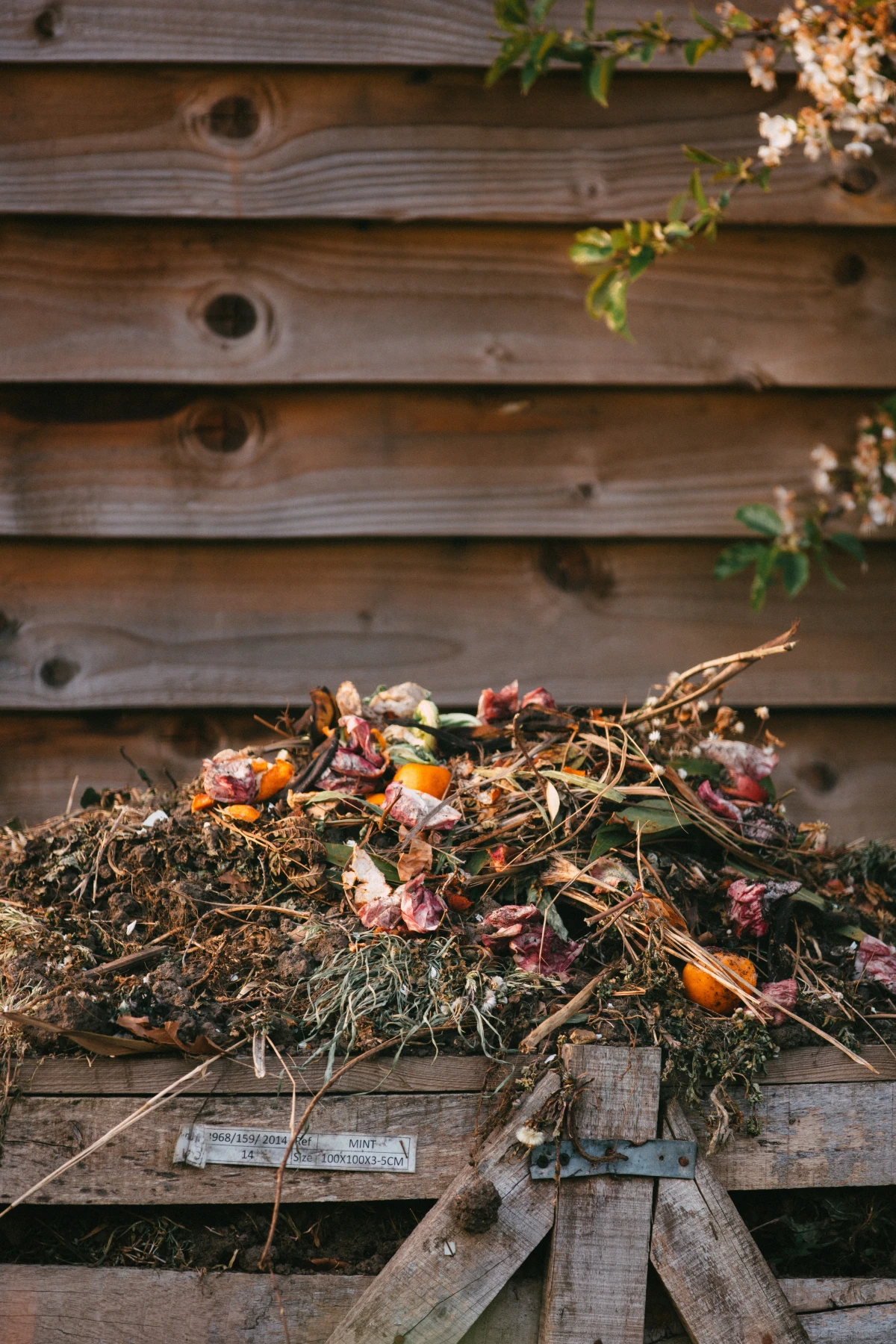
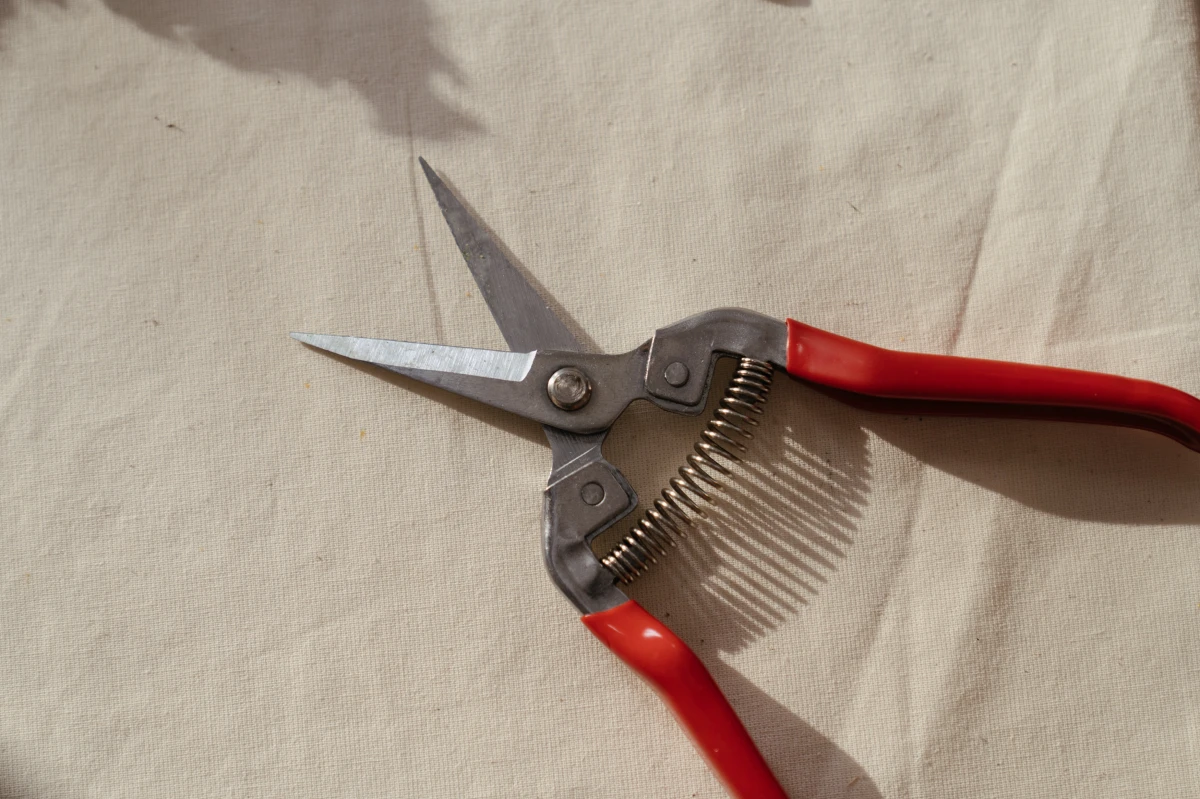
Can I really turn my pink hydrangeas blue?
Absolutely, for Bigleaf hydrangeas (H. macrophylla)! It’s all about soil chemistry. Blue flowers require acidic soil (pH below 6.0) which allows the plant to absorb available aluminum. To encourage blue, you can amend your soil with a soil acidifier or add aluminum sulfate, like the products from Espoma or Bonide. For pink blooms, you need alkaline soil (pH above 7.0). Adding garden lime will help raise the pH. Remember, this color magic doesn’t work on white hydrangeas!
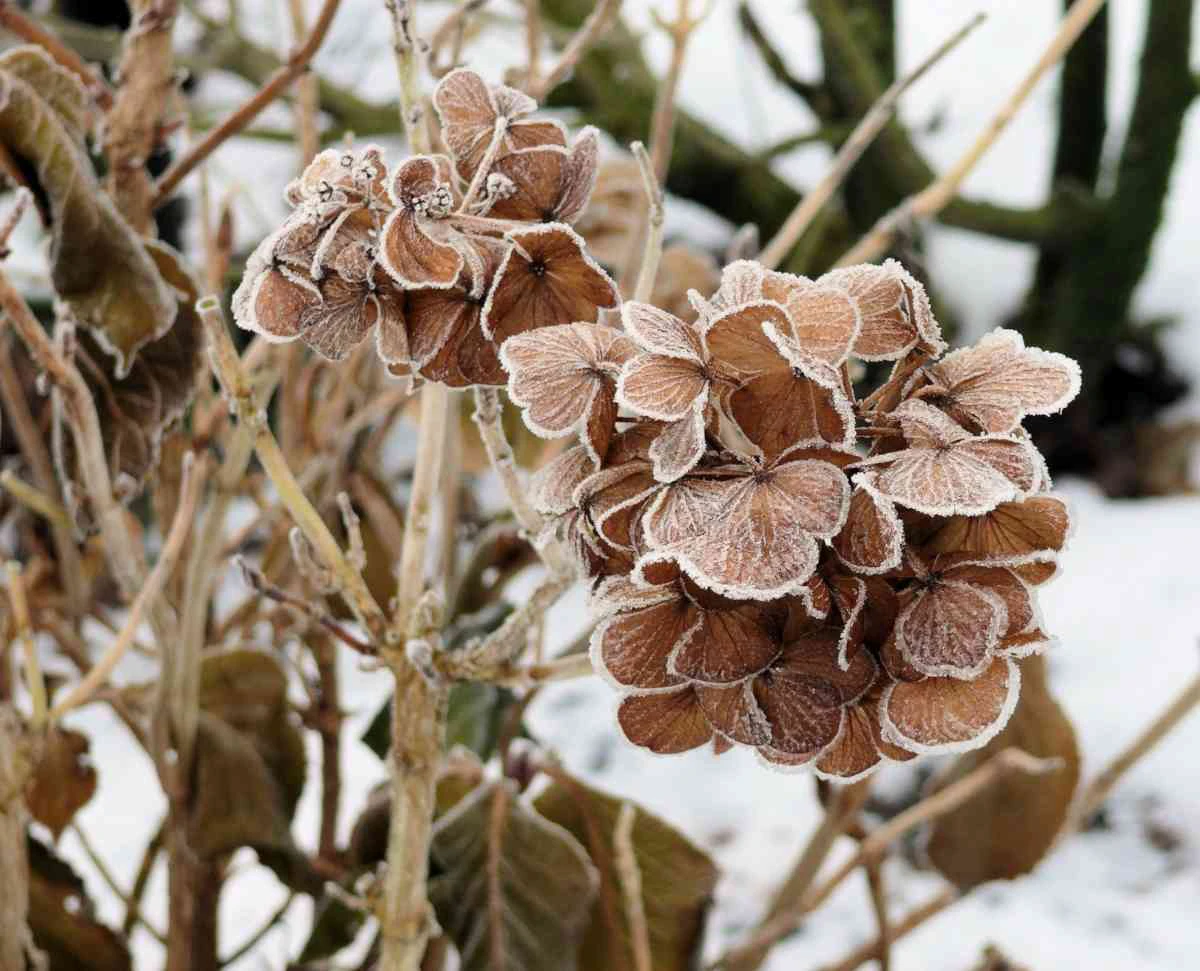
The modern Endless Summer® Collection, introduced in 2004, revolutionized hydrangea growing because it was the first Bigleaf variety bred to bloom on both old and new wood.
This means that even if a late spring frost damages the old wood buds, you still get a reliable flower show from the new growth that same season. It’s a game-changer for gardeners in colder climates who previously struggled to get blooms from classic mopheads.
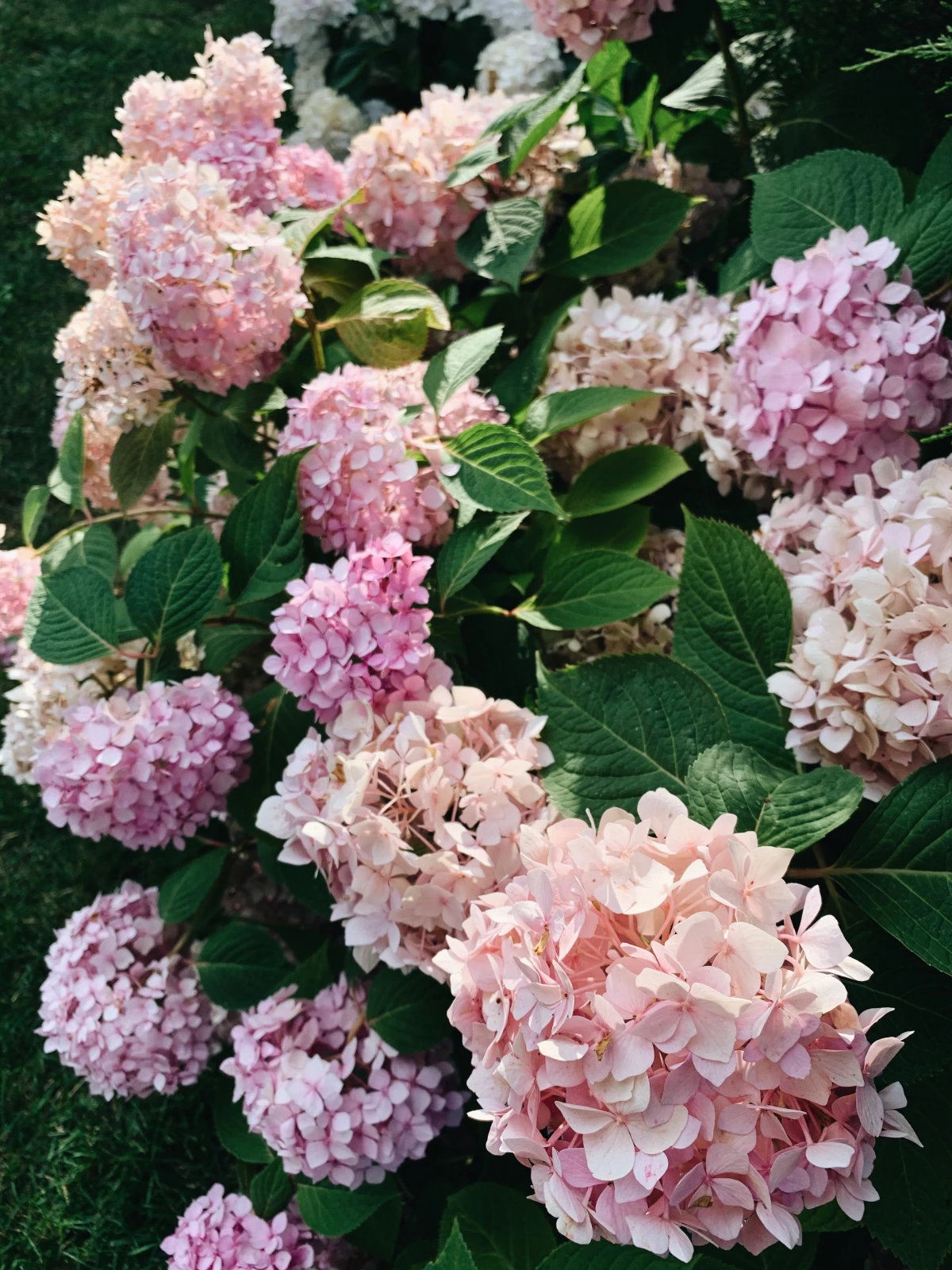
- Deeper, more vibrant flower colors.
- Fewer weeds to compete for nutrients.
- Better soil moisture retention during hot spells.
The secret? A two-inch layer of organic mulch. Applying compost or shredded bark around the base of your hydrangeas in spring insulates the roots, enriches the soil as it breaks down, and drastically reduces the need for constant watering. Just be sure to keep the mulch from directly touching the plant’s stems to prevent rot.
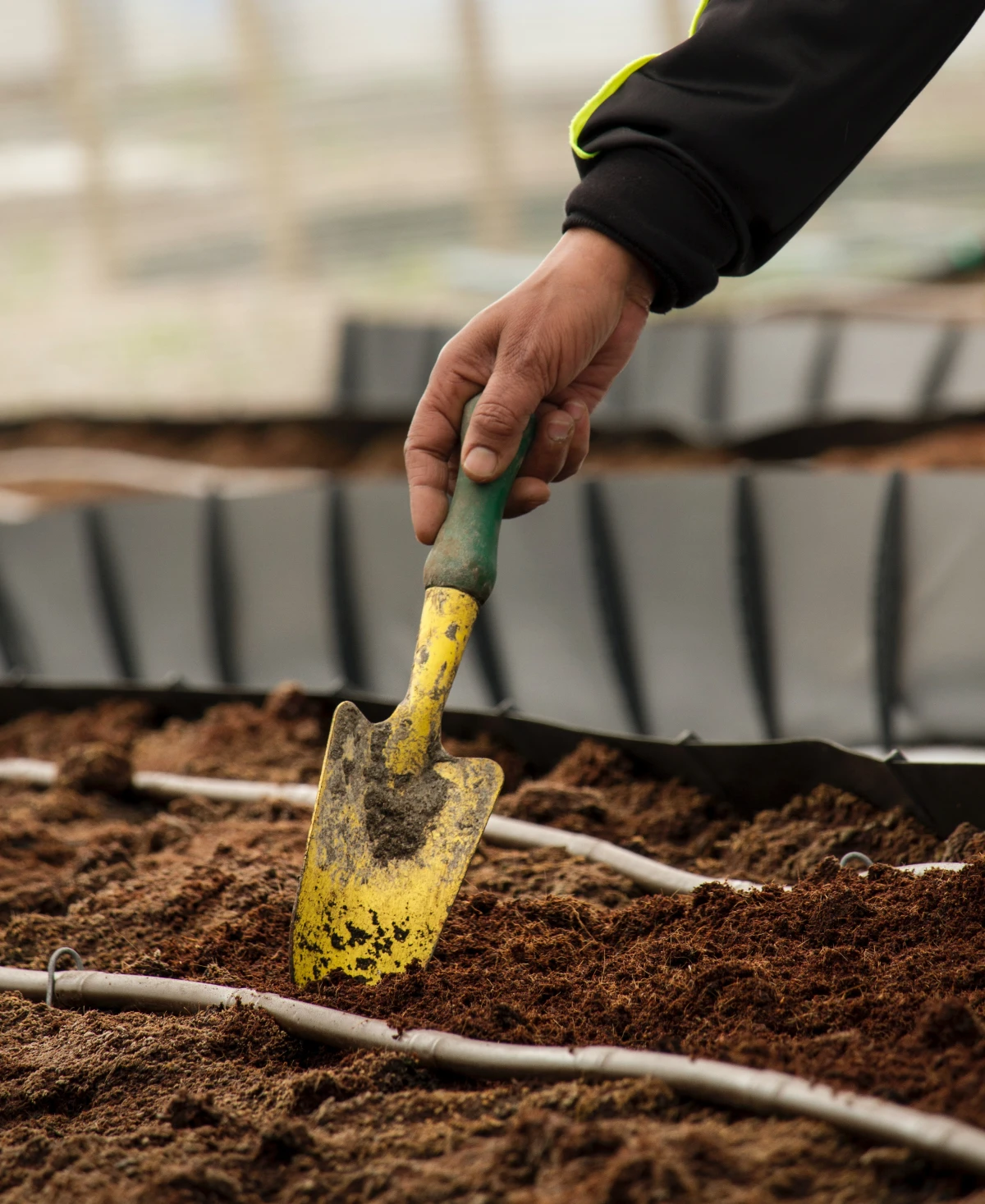
When you see drooping, thirsty leaves in the afternoon heat, don’t immediately grab the hose. Check the soil first. If it’s still moist an inch down, the plant is likely just experiencing temporary heat stress (transpiration) and will recover as things cool down in the evening. Overwatering can be just as harmful, leading to root rot. Consistent, deep morning watering is the best strategy.
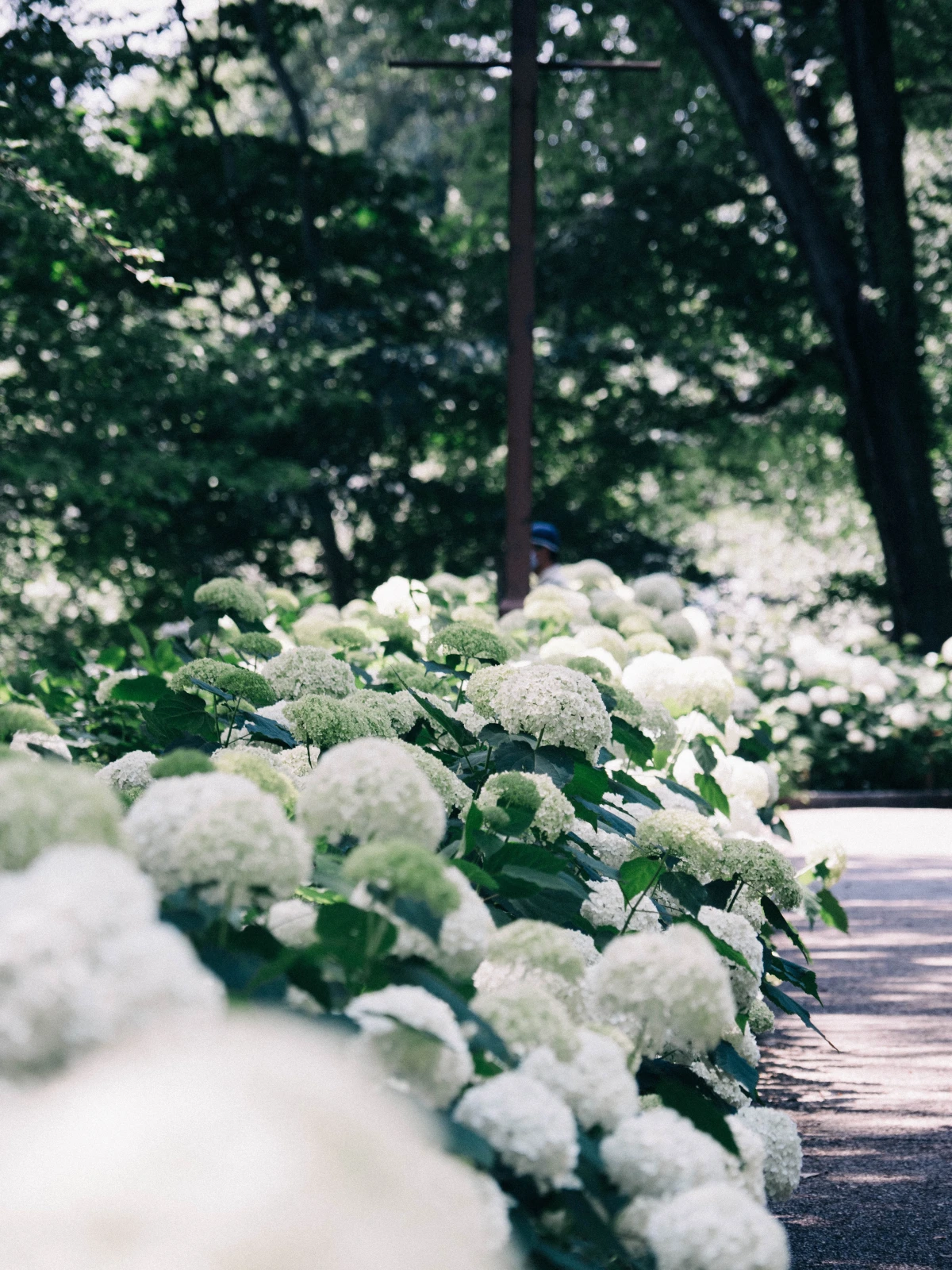
Strongest Scent: While most hydrangeas are prized for their visual appeal, the Climbing Hydrangea (Hydrangea anomala petiolaris) offers a delightful, sweet fragrance, especially in the early summer evenings. It’s a fantastic choice for planting near a patio or an open window.
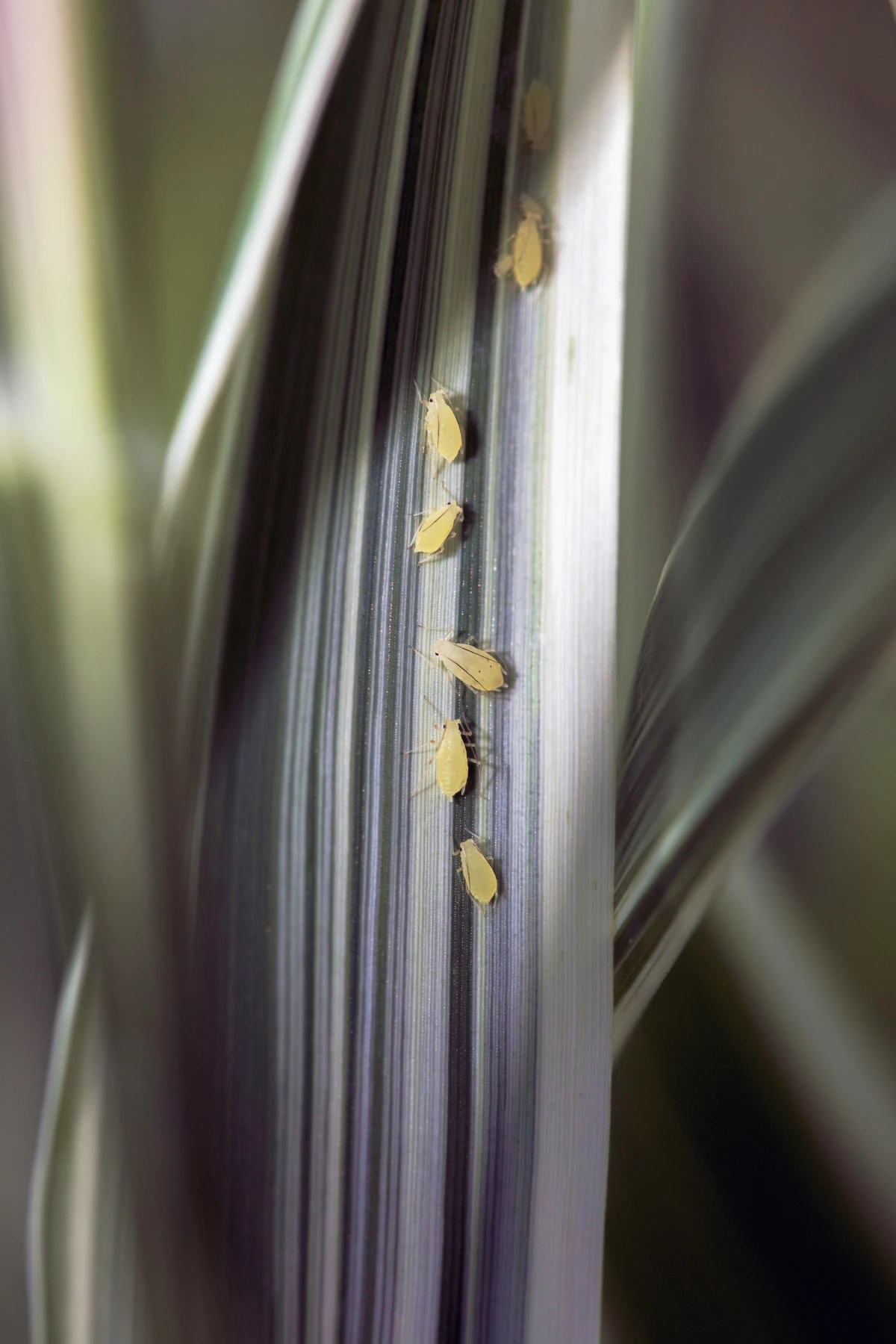
Slow-Release Granules: Products like Osmocote Plus Outdoor & Indoor feed your hydrangeas slowly over several months. You apply it once in the spring and you’re done. It’s foolproof and great for busy gardeners.
Water-Soluble Liquids: Fertilizers like Miracle-Gro Water Soluble All Purpose Plant Food provide a quick, immediate boost of nutrients. This is useful for plants in containers or those that look like they need a fast pick-me-up, but it requires more frequent application.
For established garden plants, a slow-release granular option is often the most stable and effective choice.
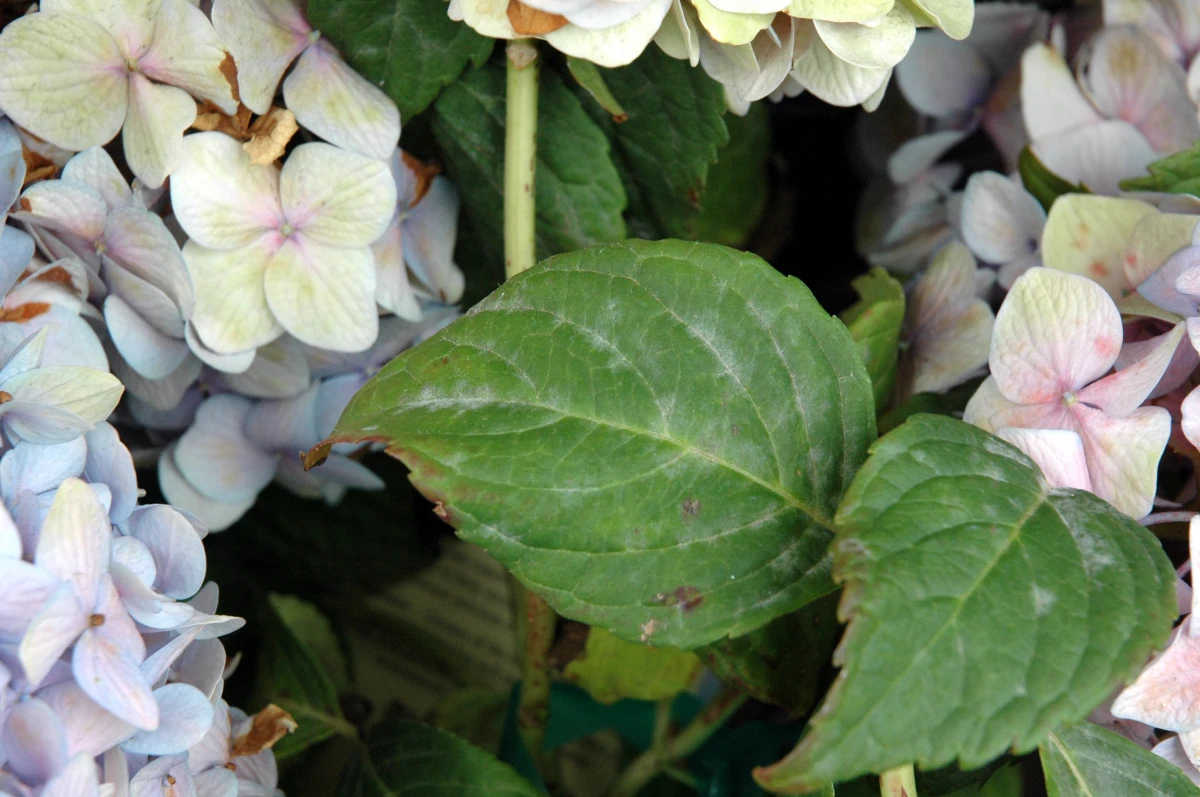
Don’t be too quick to tidy up in the fall. Leaving the dried flower heads on your Bigleaf and Panicle hydrangeas provides crucial winter protection for the delicate buds forming on the stems below. They act as a natural shield against frost and harsh winds. Plus, the faded, papery blooms add beautiful structure and texture to the winter garden, especially when dusted with snow.
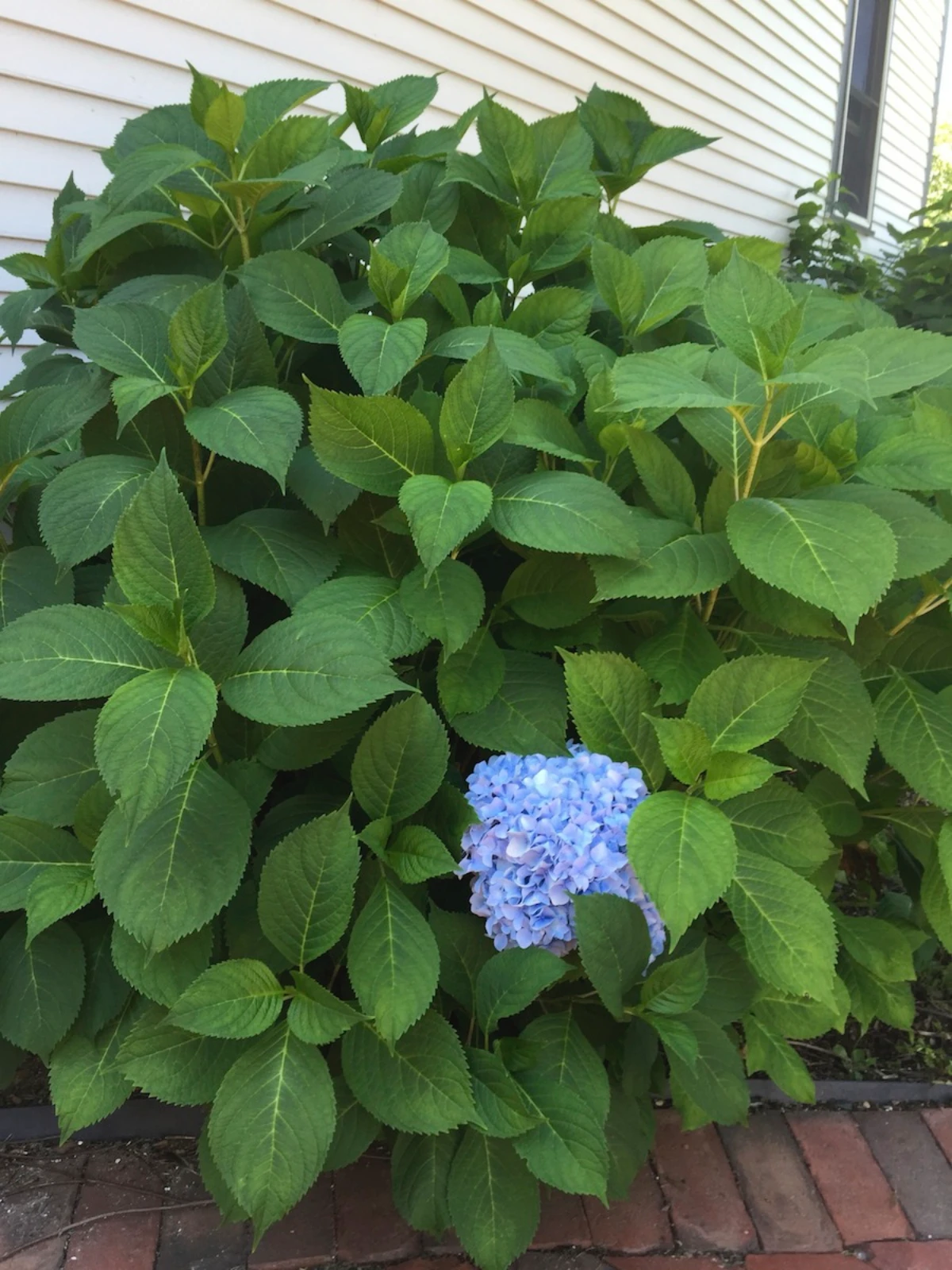
- Aphids: Check the undersides of new leaves for these tiny pests. A strong jet of water can dislodge them, or for persistent issues, a spray of insecticidal soap is effective.
- Powdery Mildew: This white, dusty coating on leaves is common in humid weather with poor air circulation. Ensure good spacing between plants and consider a copper-based fungicide if the problem is severe.
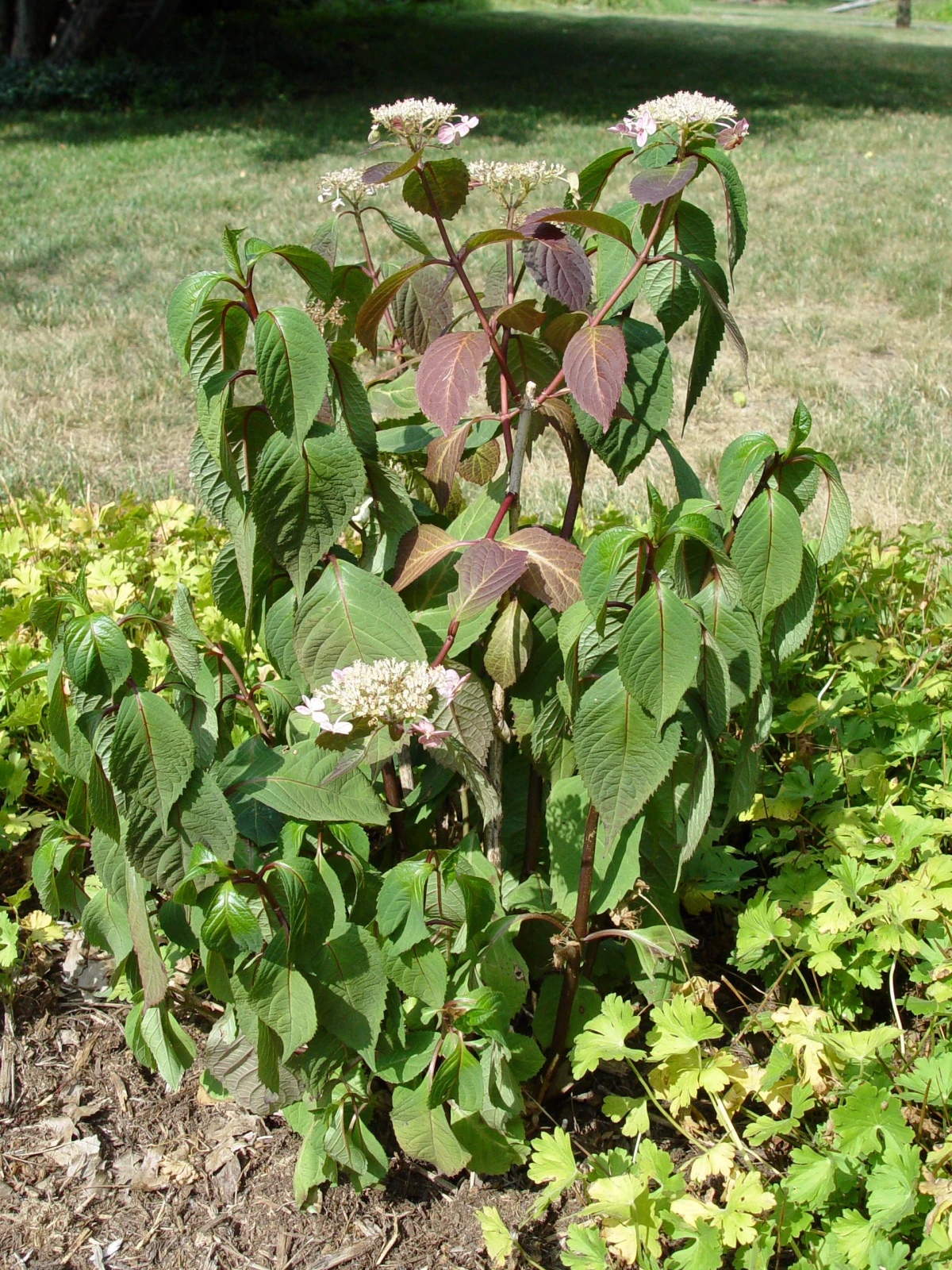
For breathtaking inspiration, look to the gardens of Cape Cod, Massachusetts, where the acidic soil and coastal air create the perfect environment for astonishingly deep blue hydrangeas. Or consider the
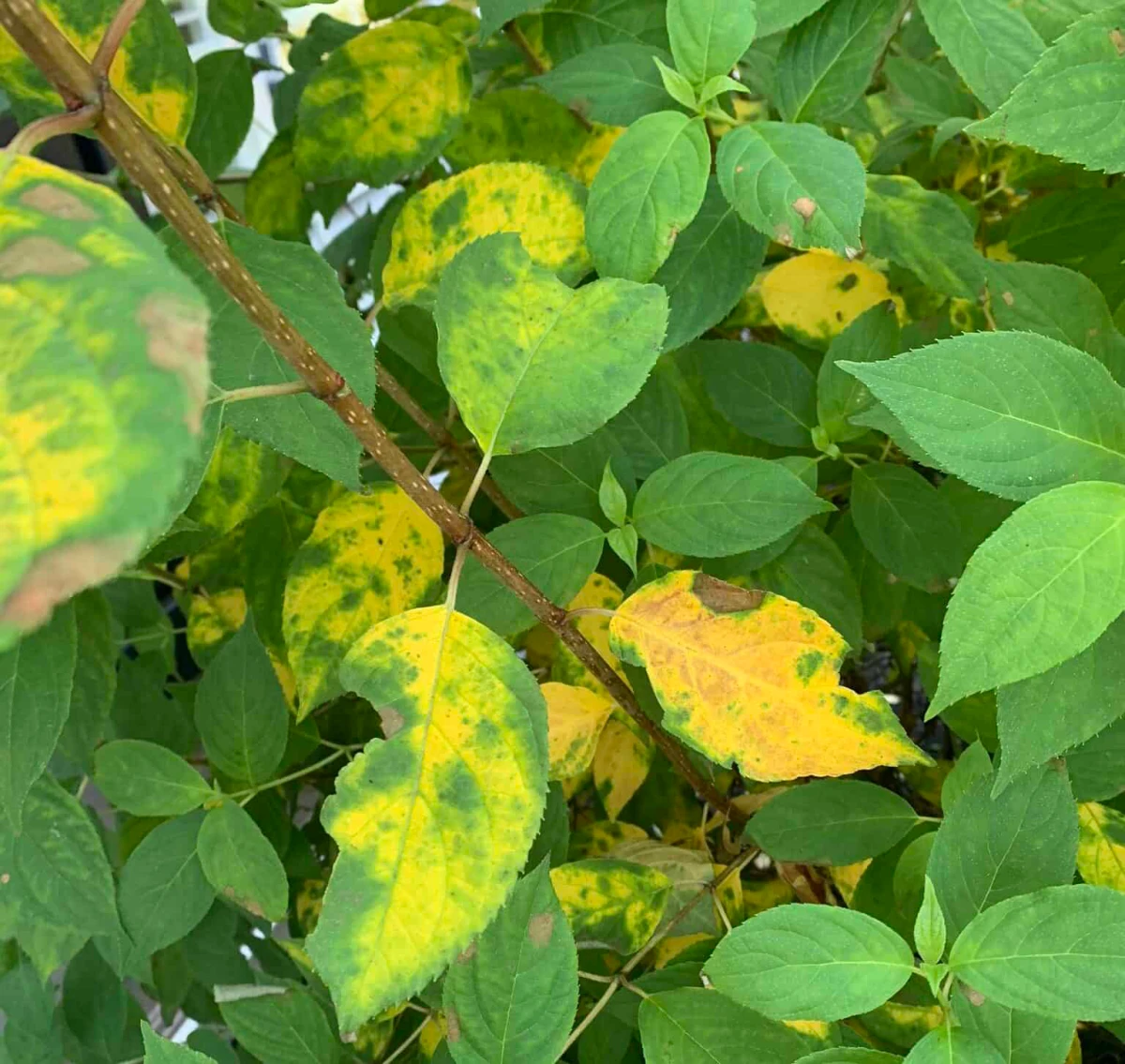
A single large hydrangea mophead isn’t one flower; it’s a cluster (a corymb) of hundreds, sometimes over a thousand, tiny individual flowers.
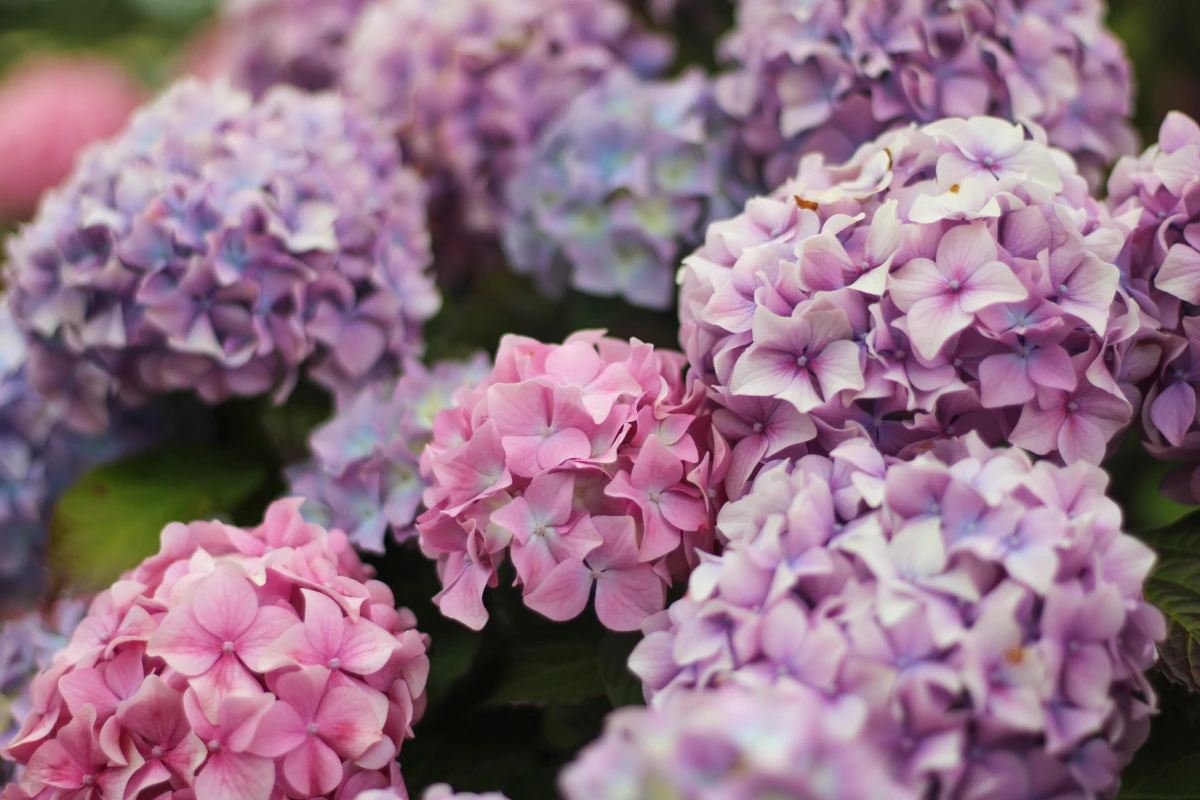
A common mistake: Planting too deep. Hydrangeas have shallow root systems. When planting, ensure the top of the root ball is level with, or even slightly above, the surrounding soil. Burying the crown too deep can suffocate the roots and lead to a sad, flowerless plant, no matter how much you water or fertilize.
Growing hydrangeas in pots is a great option for small spaces, but they need more attention. Start with a large container, at least 18-20 inches in diameter, to give roots room to grow.
- Ensure excellent drainage; hydrangeas hate ‘wet feet’.
- Use a high-quality potting mix, not garden soil.
- Container plants dry out much faster, so check the soil moisture daily in summer.
- Popular compact varieties for pots include the Invincibelle Wee White® or the Cityline® series.










